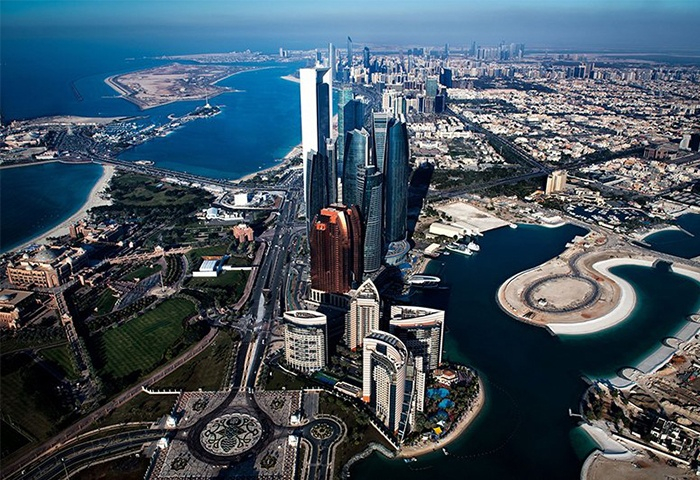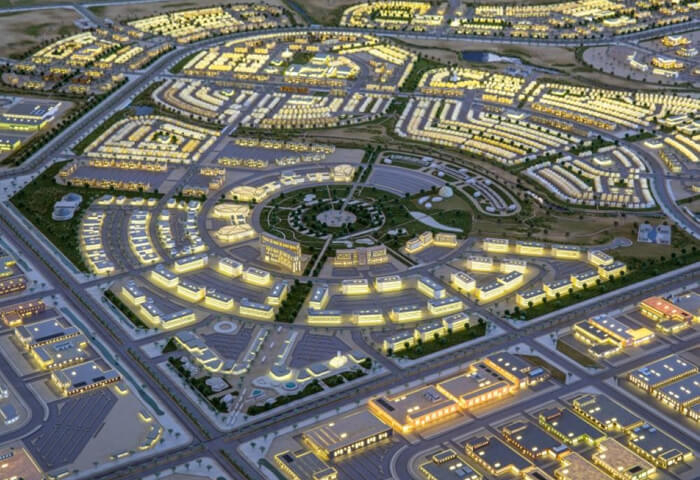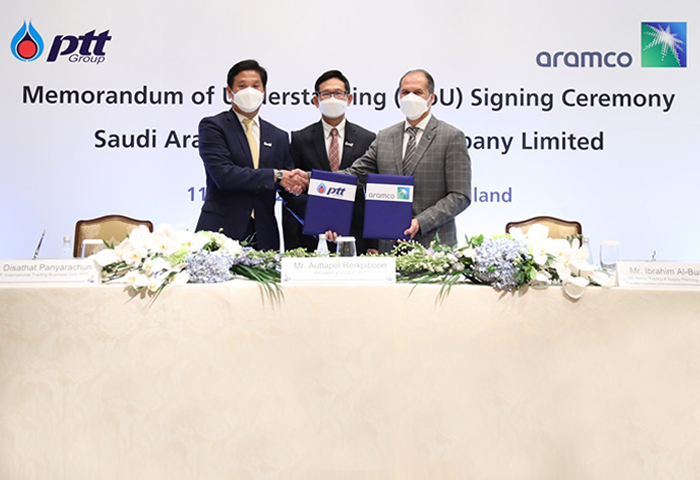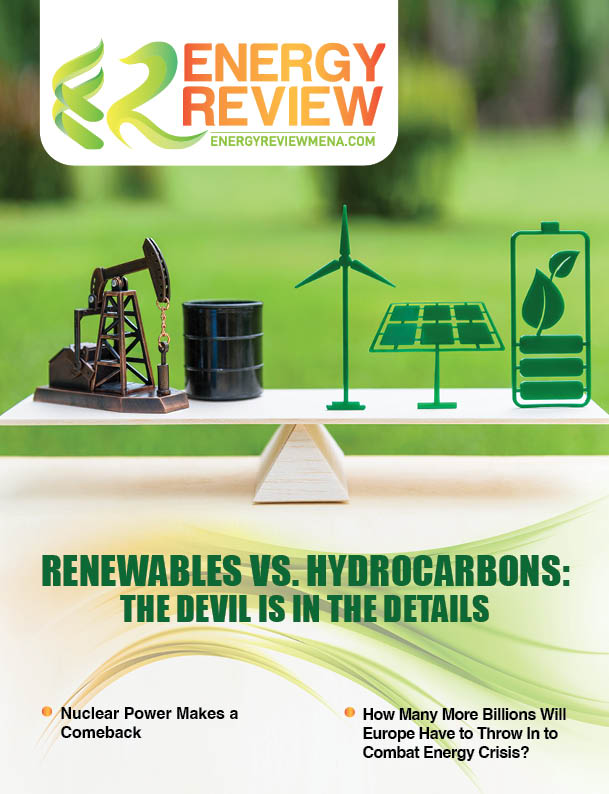The program he leads allows the company to reach out to the partner ecosystem that covers entire segments including transportation and energy and public sector through the company’s global program and to essentially enable the segments to leverage Nokia’s portfolio.
Nokia’s ‘Go All-where’ campaign reaches out to companies and organizations standing at the cusp of an industrial revolution. Can you tell us more about the wide portfolio of technologies and solutions Nokia offers for Industry 4.0?
We recognize the challenges in across the different segments of the economy today and to help them address the challenges, we launched the ‘Go All-where’ campaign at the end of last year.
The energy segment is a critical and important segment today and we cater to a lot of the sub-sectors within this sector, such as mining, power utilities, and oil and gas. We have seen the challenges arising in those sectors and our campaign is basically tailored to bring the idea of digitization into these industries.
These industries are heavily invested in assets that need to be digitized and taken to the next level, into Industry 4.0. Our mission is to bring secure connectivity to those industries, guiding them through their journey of digitization and harnessing the data analytics and science.
We have a vast array of advanced technology solutions, including mission-critical technologies, Smart City solutions, 5G, Internet of Things (IoT), private LTE, Artificial Intelligence (AI), advanced analytics and asset optimization for Industry 4.0.
These advanced technology solutions are meant to help industries embrace digital transformation through becoming more agile, secure, operationally efficient and productive, and to place them in a position where they will be able to reap the rewards of the fourth industrial revolution.
Digital manufacturing is about to change the world. How is Nokia working to implement it in the energy sector?
Digital munifacturing is a big trend in the industry and we have made our own journey in digital factories at Nokia as we have been consistently innovating around the concept of smart manufacturing and creating factories of the future.
When you visit our factory in Oulu in Finland, you will see how we have effectively implemented private wireless using the 5G-ready platform from Nokia Digital Automation Cloud into our day-to-day manufacturing. One of our already implemented use cases which I find very interesting is the autonomous Intelligence Vehicles (AIV) which delivers material from the storage to the production line, without any human interference in our factory. This has enabled us to work with more agility, efficiency and productivity which has essentially improved a lot of our processes on the manufacturing floor.
Accordingly, our Oulu factory has generated productivity gains of 30 percent and 50 percent savings in time of product delivery to market. By demonstrating industrial IoT productivity gains for enterprises, Nokia paves the way for other enterprises to digitally transform for the Industry 4.0 era, adopting critical technologies at scale.
Electric grids and plants also require this kind of journey towards digitization and Nokia is a leader in business-critical and mission-critical networks. In addition to this, we are able to bring multi-cloud technology and on top of that, analytics, machine learning (ML), artificial intelligence (AI) and to these grids and plats to allow them to deploy the necessary cognitive applications to ensure the utmost efficiency when carrying out predictive operations and predictive maintenance of assets. Nokia’s Future-X Architecture has the capability to identify and even predict outages, manage and main assets, optimize the workforce and workflow, as well as improve workers’ safety on and off premise.
What are the different services you provide in the energy sector?
Nokia has been leading the way in the energy sector by providing mission-critical networks for several years now and addressing the sector’s challenges. If you look at power utilities for instance, the industry is facing multiple challenges. They have stagnating, if not declining, revenues in their day-to-day operations, and they also face challenges in conserving energy and adopting new alternative energy sources. We have also seen a lot of micro generation of energy taking place by households and industries across the grid, renewable energy flowing into the grid as well which adds to the challenge of managing such grids.
What Nokia brings to all that is a mission-critical network architecture which basically comprises of broadband connectivity, both wireless and wired technologies. We also provide distributed cloud, analytics, ML and AI, and the applications to enable grid optimization.
The idea is to take that network and turn it into a smart grid automated / digitized network through which you can manage those challenges and power utilities. However, if they decide to continue in the traditional model of just producing and distributing electricity, we will really need to look into how we can achieve cost and operational efficiencies. It can only be achieved through this digital platform that we offer. The platform brings, together with Nokia Bell Labs, the Future-X network along with all the aforementioned components that will formulate the mission-critical networks.
If these power utilities would like to grow into value added services, then Nokia can also help them by monetizing their assets and their right of way. We can offer them smart city solutions such as smart pole systems to provide 5G small cells, EV plug-ins and CCTV services. We, at Nokia, are committed to helping the energy sector through digital transformation to transform the way they operate today.
In your opinion, what are the challenges and risks of such a technological revolution in the industry?
Cybersecurity is a big challenge and you need to have it in mind, as well as your operational and technological blueprints. Cybersecurity starts with the network; the more you do with the network, the deeper you need to go in terms of hardening it and making it more secure. Nokia has a multitude of solutions where we can actually provide end-to-end security to this network- from Layer 1 optical network security all the way to end-point or device security.
How will 5G be an added value to the oil and gas industry?
The oil and gas industry is going after a finite resource in today’s world. They are pushing the boundaries and limits of the places in which they may be able to extract that finite resource and you can see them going into remote areas deep into deserts and the arctic to find that precious resource. 5G allows the extreme automation of these remote sites and assets, including automated gas leakage detection, situational awareness using AR/VR, worker safety, and drilling efficiencies. With our 5G technology, we can bring a lot of this added value to the oil and gas industry.
Many of these oil fields are usually offshore or on remote onshore sites. What we can do for them is provide them with a highly secure robust private network which will be able to digitize operations and allow them to monitor their drilling activities, down to the drill bit condition. Through this, we can also implement VR which would help remote operations such as those that are done from headquarter to field. We can also address a lot of the training needs, both technical and health and safety. VR requires extreme bandwidth and low latency which is possible through 5G.
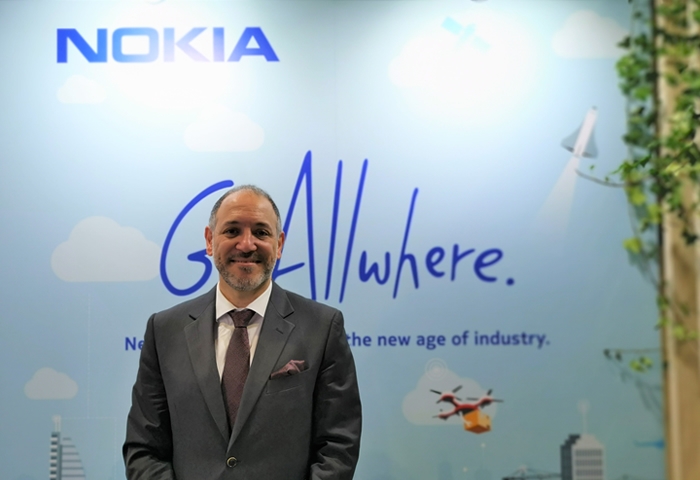
Samer Qablawi on Nokia’s mission to revolutionize the energy sector
/ News & Interviews / Monday, 28 October 2019 12:33
Samer Qablawi who leads the partner sales program at Nokia in the Middle East, sat down with Energy Review at GITEX technology week this year to discuss ‘Factories of the Future’, their campaign which aims to initiate digital transformation within legacy industries such as oil and gas, energy and utilities as well as some of the offerings the vendor and tech giant was showcasing at GITEX this year.

